10 Bizarre Foods that Involve Eating Live Animals
Because this topic is so taboo, it makes it almost interesting to know that people would actually eat living animals. Most of the time, people just tend to do it for the thrill of doing something so awkward that others would cringe. Maybe they have done everything else, and bizarre foods are all that is left to enjoy in this world. Regardless of why it’s done, there are some crazy foods out there to be eaten and things for animal rights protesters to be severely angry about.
10. Florida: Stone Crab Claws
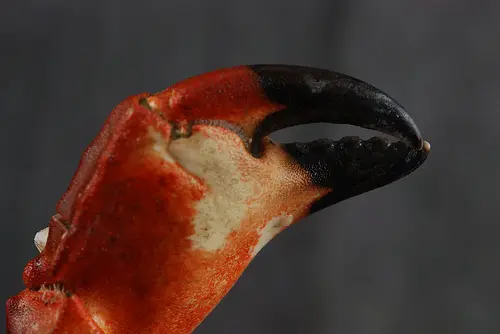
While it isn’t weird to eat crab claws (because they are delicious), it does seem a bit awkward that they harvest the claws in a way that allows the crab to continue living. Because the delicate body of the stone crab doesn’t provide enough meat to make eating it as enjoyable, people have found that their claws – which are strong enough to break the shell of oysters – are simply delicious! Ordinarily, that would be the end of the line for any other crab. However, harvesters found that the stone crabs claws can grow back after approximately one full year. As comedian David Mitchell once pointed out on the BBC show Quite Interesting, the producers of the Florida delicacy are pretty much “seafoody trees.”
9. Japan: Ikizukuri
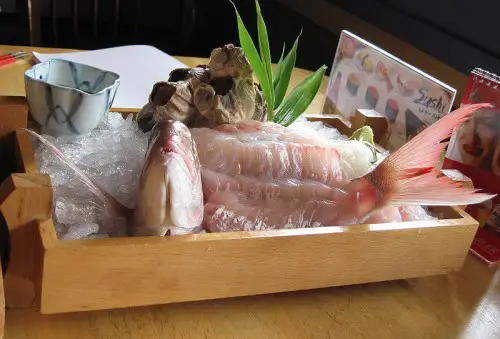
Actually meaning “prepared alive,” this is the practice of making sashimi from a currently living marine organism, such as shrimp, lobster, or fish. The customers will select the animal of their choice from a tank, which is later taken to the chef. In the kitchen, the animal is filleted while still alive and served with the heart still beating. There is another variant where an already filleted animal will be replaced in the tank so that it can swim and recover for the customer’s second course. This method of cooking is very much a controversial subject throughout the world.
8. Worldly: Oysters on the Half Shell
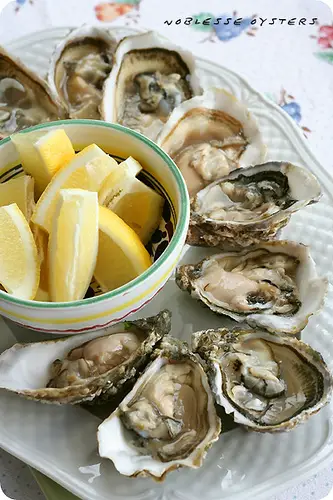
This is something most people are accustomed to seeing, even if they are absolutely disgusted by eating one. Oysters have been eaten since well before recorded history, and the practice has been widespread. There are many beliefs about the safety of cooking oysters, such as if the shells are open and do not snap shut it means that the oyster is dead. Interestingly, there are arguments about whether or not they are a viable food source for vegans and vegetarians, especially as they contain an abundance of necessary vitamins and minerals. It is said that they are closer to a plant than an animal because they lack a central nervous system and experience no pain (among other reasons).
7. China: Drunken Shrimp
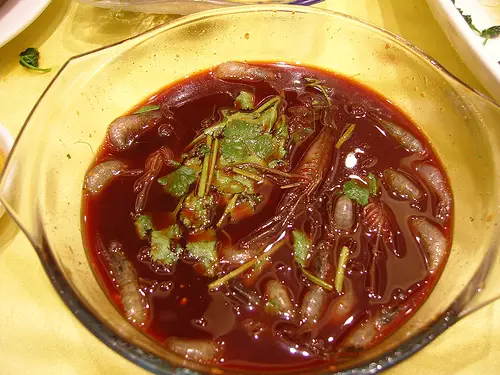
Served in alcohol to make them more complacent, this dish is considered by Chinese critics to be one of the cruelest dishes in mainland China. The recipe for them is different and varies by region, where some places prefer to boil the shrimp either before or after marinating it in alcohol. However, there are still areas where it is possible to eat the living shrimp. As always, there are dangers of eating uncooked shellfish.
6. Sardinia, Italy: Casu Marzu
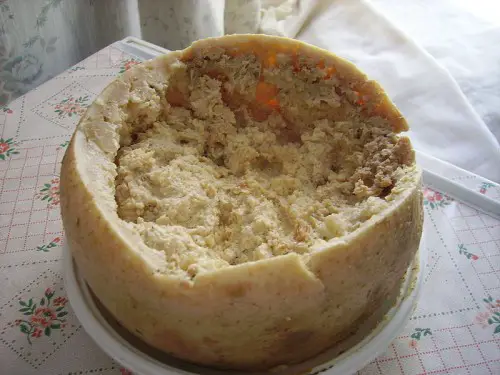
Frequently questioned about being an urban legend, casu marzu is a soft cheese made from sheep’s milk that is very much different from what most people are used to: it has maggot larvae in it. According to legend, the practice of selling such a cheese was banned; this made it more expensive and desired on the black market. It is often eaten with crispy bread while the larvae are still alive.
4. Germany: Milbenkäse France: Boule de Lille (Mimolette)

The most bizarre thing about these two cheeses is in their production rather than the consumption. When making Milbenkäse, the producers intentionally introduce cheese mites so that their digestive juices are able to diffuse into it and cause fermentation.
For mimolette, they are introduced so that they add flavor to the cheese. For both cheeses, the hard crusting on the outside is a result of cheese mites.
3. Korea: Sannakji Hoe
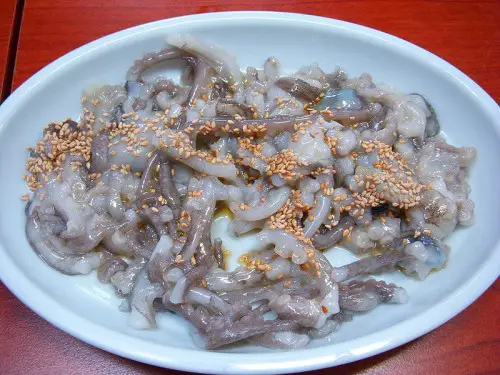
Consisting of nakji, a small octopus, that has been cut into while still alive, it is served with both seasame and seasame oil. So that the legs are still wriggling on the plate, it is often served to the patron as quickly as possible. Another variation of this dish is to serve it whole. The above picture is a very tame version of this dish. A wilder version is where diners can actually see the squid moving its legs around before they cut it off and eat it.
2. Japan: Odori Ebi
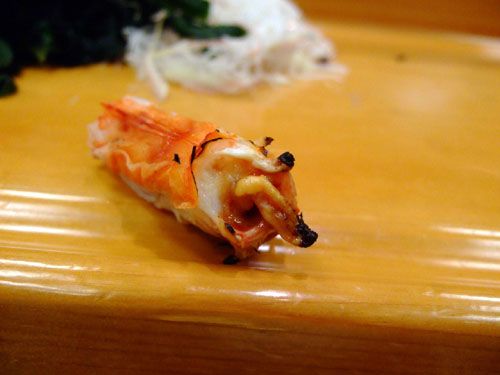
Literally translated as “dancing shrimp,” this dish is a delicacy of sashimi. It is primarily baby Kuruma shrimp that are marinated in sake, so that they are intoxicated enough to willingly be eaten alive. Most frequently, they are served with a variety of dipping sauces. Those who consume this dish quickly chew the animal in order to kill it.
1. Taiwan and China: Ying Yang Fish
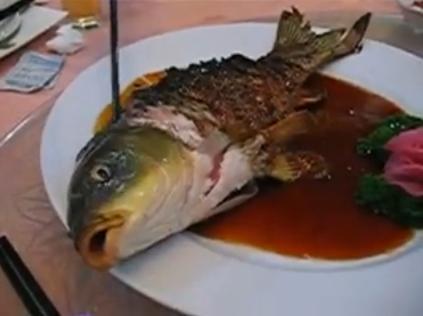
Also known in English as dead-and-alive fish, the body of this fish is mostly deep fried but the head is still fresh and moving. The origin of this dish actually comes from Taiwan, but it is more popular within China and is now banned in Taiwan. The reason behind it was so that the chef could actually show just how fresh the food was at the time of being prepared.
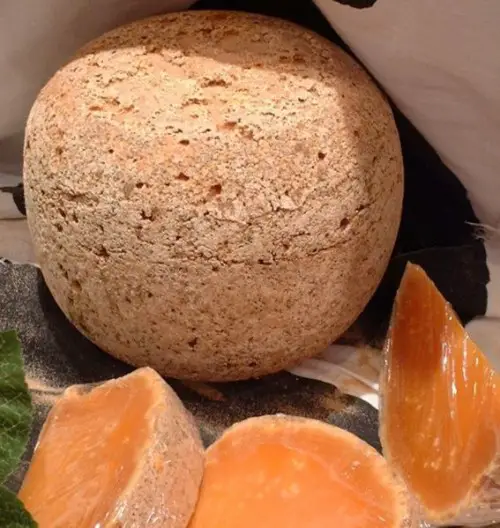
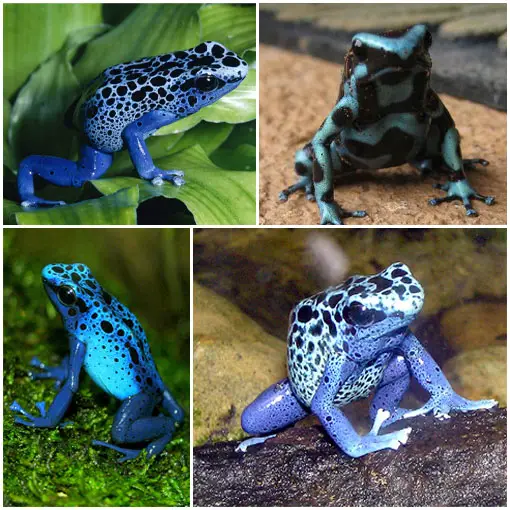
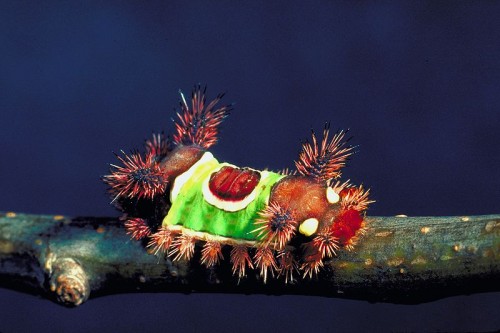

Cruel ….. and wrong
ok peta. hahahha
HOW DARE YOU USE PETA IN VAIN! NATURE WILL DESTROY YOUU! YOU ARE NOTHING BUT A SPECK OF DUST!! PETA IS GREAT! PETA IS JUST! PETA KNOWS WHATS BEST SO BACK OFF YOU FREAAK!! YOU FREAAKKK!!!!! STOP BEING A FREAK YOU FREAK! MAY PETA CONDEM YOU FREAK! NATURE WILL SOMEDAY WIPE ALL YOU FREAKS OFF OF HER BEAUTIFUL SOIL! YOU FREAK!! PETA!!! PETA!! PEEEETTTTTAAAA!!!!!!!
this has nothing to do with peta. anyone with a soul should be creeped out by this
There is no such thing as a soul, it’s a superstitious fiction from stone age man made up to give some higher agency to humanity, which, both science and history show is not deserved. Guess that’s why I’m not creeped out.
Whether or not if its made up, doesnt exclude from the fact, that people who believe in a higher power are more respecting of life and others. You have your religious nuts, but its mostly limited to islam now. As for atheists? Well Communist countries pushed atheism on the people in order break the will of the population to eradicate hope. Stalin,Lenin,Marx,Mao.. all pushed for it, and they are responsible for the deaths of about 200 million people. You all make have killed more than everyone else combined.. Perhaps its your lack of faith that caused this.
“People who believe in a higher power are more respecting of life and others.”
Wrong. More people have been killed in the name of religion than for any other reason.
“You have your religious nuts, but its mostly limited to islam now.”
Wrong. Fundamentalist Hindus in India murder people who don’t follow their version of the religion for doing things as minimal as holding hands in public. Fundamentalist Christians in the U.S. believe that women can’t get pregnant from rape, that Obama is the Anti-Christ, and that Armageddon “will happen in their lifetime.”
“As for atheists? Well Communist countries pushed atheism on the people in order break the will of the population to eradicate hope.”
Wrong. Communism as practiced by Russia and their puppet states saw the Church as a threat to their power. Their goal was not to “eradicate hope;” it was to eradicate resistance. There is nothing preventing a nation from being religious AND communist, and there is nothing preventing a nation from being atheist and NOT communist.
“Stalin,Lenin,Marx,Mao.. blah blah blah… killed blah blah blah…”
Correct. But see my first point. Perhaps it’s faith that has driven us to a murderous place. If we actually respected the fact that evolution, working with the principles of physics and chemistry created us from the stuff of geology, and that we may be a manifestation of the universe becoming aware of itself, well, my friend, I think people would have far more respect for life. But people clinging to Stone Age superstitions won’t allow us to reach such a stage of cultural evolution. Look up secular humanism, a set of principles, entirely devoid of religion, and entirely built around respect for human life.
In summary, everything you wrote is cockamamie.
Public school much?
Public, private, highly educated, if that’s what you’re asking. Is that a problem? Education used to be something Americans aspired to. The American Dream, and all. Work hard, get educated, and be successful. That’s what I’ve done.
You have a problem with the American Dream?
Almost half of animal rights activists are atheist or agnostic (not all of them have much respect for other people, but you get my point). I am against animal rights and am not religious but don’t agree with these practices.
Many, many people have been killed in the name of religion. Christianity has been forced on others since before the fall of Rome. But if you won’t stop me from not believing in a god, I won’t stop you from worshiping yours.
Liar.
Liar.
wow. this is just cruel. i can only imagine the type of people who prepare and order this type of food.
Pretty much asians…
Travel, they’re all over the place. Besides by now such foods have become traditional, and the people who make them do not regard them as cruel.
what horrible devil would do that to someone?!?!?!?!?!?!?!?!!?!?
I think you meant some-thing-, but a question deserves an answer- Albert Fish, Jeffrey Dahmer, the Canadian porn star recently, a guy in Japan did it and is now a free man… So, lots of people.
Not devils, people, this kind of violence is a uniquely human trait.
I’m not vegetarian and will never be, but this is just sick!
You meat eating FREAK!!! When the skies and sea are in harmony you will all see! Nature will do to you what you have done to her! Indulge in an apple not a poor animals flesh! FREAK !!!
You’re really not funny, you sound like an idiot
Nature already does that. All kinds of things are gonna eat on me when I die, and some things are wanting to do it while I’m alive, though I won’t let them.
The crab thing isnt THAT terrible, compared to a LOT of things we do to animals. If you were the crab, which would you prefer? Dying forever or having a broken wrist once a year? Obviously if they can “re-harvest” them the crabs are taken care of minus this one thing…. (And actually, I’m FROM Florida, and I had NO IDEA this was how they got the stone crab claws.. They don’t advertise it to the people they feed them to.)
Bunch of babies all the food thats mentiened above taste great and i like it i have no heart.
i eat live rat on stick, sometime they bite my lip and i bite back ! the anal cavity most tasty depending on what rat eats. i use their tail to floss teeth and practice knot tying. i set traps daily sometimes eating rat right on trap. fleas are desirable with rat adding delicious flavor and sometimes they come out my nose alive some how .first rat i ate gave me rabies so no eat rat from sewer pipes! rat #1 food many minerals to grow up healthy with strong odor rodent urine women can’t resist!
Factory farms, 95% of the meat you eat, are far crueler than these rare delicacies.
Yea but I don’t have to know about it ! lol
people should only be allowed to do to animals what they are willing to do to their self. I bet a lot of people would switch over to eating veggies real quick. i know i did a long time ago. the factory farms and all the greed, waste and most of all the suffering was enough for me to say no more and i never been happier. we should never lose are compassion for without it we are far less.if you need to eat meat kill it quick, no suffering, because of mass production this is not done at factory farms because of greed, the need to meet the demand of an over populated world. the animals should not have to suffer for our over expantion of the natural world. slow down always respect. ok a little of topic but it comes down to the same basic thing and that is compassion.
Sometimes doing to animals what you’d do to yourself is illegal.
Or they might just get their meat from non-factory farmed sources, if they have the time or money. Nobody likes to die, but it happens to everyone eventually, and I could think of a lot worse ways to go than a bullet.
Also, I know this involves eating animals, and nobody’s making you do it, but if you’re concerned about sustaining an overpopulated world you may want to examine entomophagy.
U veggie nuts are the ones who need to rethink their ideaology. Animal s dont have souls like we do. What if you were stranded on an island with nothing to eat but fish or crab. Sure you may be able to put off eating for a few days. But youd be amazed at the extent a human being will go in order to survive. Youd start finding that seafood to look mighty tasty. All of your vegatarian crap will go right out the window. If that doesnt get u thinking, i dont know what will.
I’m not a veggie nut by any means. I eat all kinds of meat most people wouldn’t dream of. I been hunting and fishing so I’m not against killing for food. My problem with most of these foods (excluding the oysters) is the unneeded cruelty that adds nothing to the flavor of the dish. It just seems to me it’s all for shock factor but I could be wrong, I’m unfamiliar with the cultures.
Plants have feelings too ! You evil vegetarians.
and yr point is?
Smarty pants ,they dont know what cruel is.
where is no 5? :)
nevermind. saw it already. great stuff.
Absolutely disgusting. Am appalled.
We all have to survive, right?
Its normal… although they should really be washing they’re food before they eat…
And why so much fighting?
Thats a sin you know?
Sickening.